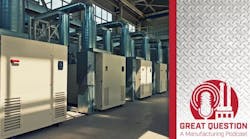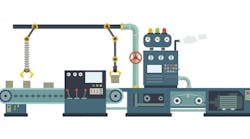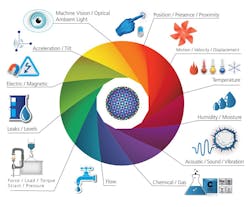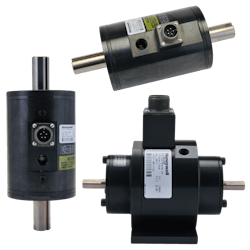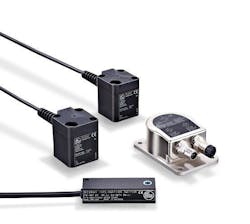The advances of smart motion systems will trickle down into several different markets. Smart motion systems are defined by their use of connected networks, advanced sensors, autonomous machinery, and computing power to improve efficiency and production. The motion-control sensor market is one such market that will have a massive expansion and industry growth potential as a result of the smart-motion system growth.
According to a recent market report from Research and Markets, the motion-control sensor market will grow at a compound annual growth rate of 4.24% from 2017 to 2021. A similar report from Zion Market Research estimates that the global motion sensor market will reach $8.17 billion by 2022.
The reason for this trend is the development of industrial Internet of Things (IIoT) systems. The sensors and motion-control products work together to introduce smart motion systems on the factory floor. Many sensors are now advanced enough to capture data at the edge or at the device level and transmit said data into the cloud. This provides a greater flexibility for use onsite. Wireless sensors are also being used to send data long range.
Motion control relies on automation, and advances in sensing controls provide enhanced automation. Sensors allow systems to require minimal human intervention due to safety features and higher accuracy readings.
According to Raghav Bharadwaj Shivaswamy, an industry expert at Technavio for research on automation, “in a structured motion-control system, there can be a minimum of one sensor and maximum of six sensors, which can be installed to measure various aspects such as speed, torque, objects, displacement, and position… The majority of the revenue is from position and displacement sensors as these sensors are mainly used for the movement of goods and services in the plant premises through conveyors or other means.”
The report lists the major sensor groups and industries that will benefit over the next five years:
Major Group of Sensors
- Position and displacement sensors
- Proximity sensors
- Speed sensors
- Torque sensors
Major Industries
- Robotics
- Semiconductor machinery
- Material handling
- Packaging and labeling machinery
Key Products from Motion-Sensor Companies
The report from Research and Markets lists the key players in the motion-control sensor market and some of the highlighted products that are examples of what’s to come in future advancements. According to the report, the top five companies in the motion-control sensor market are Honeywell, ifm, Omron, Schneider Electric, and Sick.

